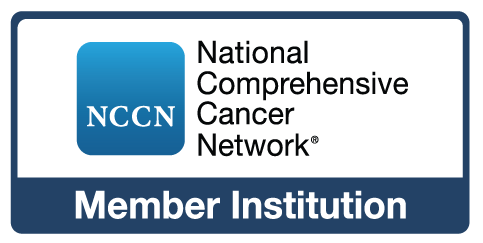Laura Snell, PhD

Faculty appointments
- Assistant Professor of Microbiology & Immunology, Department of Microbiology and Immunology, IU School of Medicine
- Associate member
Indiana University Melvin and Bren Simon Comprehensive Cancer Center, Tumor Microenvironment and Metastasis
Chronic viral infections and cancers afflict hundreds of millions of people worldwide and are tremendous health burdens. My laboratory is focused on understanding the mechanisms of immunosuppression that prevent the immune response from clearing these chronic diseases. In particular, we are interested in how T cell responses are dysregulated and become exhausted or functionally attenuated, and how immunotherapy works to restore these responses. We and others have recently established that exhausted CD8 and CD4 T cells consist of distinct subsets with differing function and ability to be restored upon immunotherapy. Yet, the mechanisms that drive and modulate these T cell fate choices, how they are altered by the immunosuppressive environment of persistent viral infection or a growing tumor, and which and how certain subsets are targeted for restoration by immunotherapy are not known, and are active areas of interest in my laboratory. Our goal is to use this understanding of T cell regulation for more directed therapies to preferentially expand or restore those subsets best equipped for viral or tumor control. The nature of immune exhaustion in CD4 T cells and whether and how CD4 T cells respond to PDL1 blockade had been controversial and were the basis for my latest work (Snell et al. Nat Immunol. 2021). In this manuscript we used high dimensional mass cytometry (CyTOF) and single-cell RNA-seq to demonstrate that anti-PDL1 immunotherapy works to restore antiviral CD4 T cell responses in chronic viral infection in a subset-specific manner. PDL1 blockade specifically enhanced Th1 cell numbers and cytokine production, but surprisingly had little effect on Tfh cells, despite their high expression of PD1. Mechanistically, PDL1 blockade expanded the cellular subsets that were already in cell cycle (primarily the Th1 cells), suggesting that the presence of cycling Th1 cells pre-therapy may be needed for anti-PDL1 mediated CD4 T cell expansion. Further, we demonstrated that PDL1 blockade induced CD4-mediated cytotoxic killing of MHC II+ target cells in vivo, an effector function which was lost during chronic infection. Thus, this work described a new mechanism of action of anti-PDL1 immunotherapy to drive/enhance cytotoxic CD4 T cell function. While our work was done in a chronic viral infection model, intriguingly, cytotoxic CD4 T cells are being increasingly recognized in multiple cancer types and our data may help explain the effectiveness of anti-PDL1 immunotherapy on some MHC II+ tumors (such as in Hodgkin’s lymphoma) where efficacy has often been documented to be independent of CD8 T cell responses due to mutations in MHC I. Future work will dissect how CD4 T cells mediate their cytotoxic function following immunotherapy and how this effect can be further enhanced with combination therapies. In addition, we would like to explore our findings in the context of cancer models and further understand the role of CD4 T cells in anti-tumor responses. We feel that membership in the Cancer Center will aid in this important endeavor. Another aspect of my lab focuses on how the establishment of an immunosuppressive environment (chronic viral infection or established tumor microenvironment) can alter de novo T cell priming and responses activated in the midst of these environments. We have previously shown (Snell et al. Immunity 2018) that priming of de novo tumor-specific CD8 T cells within the context of an established chronic viral infection preferentially generated a subset of long-lived anti-tumor CD8 memory-like cells. These cells were characterized by the expression of the transcription factor TCF1, but were formed at the expense of effector cells with rapid lytic function. This skewing of CD8 T cell immunity prevented tumor control suggesting a rationale for increased cancer incidence in patients with chronic viral infections. Tumor control could be re-established however by manipulating antigen presenting cells to provide enhanced T cell activation signals to generate effector cells, rather than memory-like cells. Thus, our work suggested that targeting APCs and/or T cell activation pathways could lead to new therapeutic strategies to generate the CD8 T cell subsets needed to best control cancer. Future work will focus on the mechanisms by which the immunosuppression and chronic inflammation of chronic viral infection or an established tumor microenvironment decrease antigen presenting cell activation to drive specific T cell subset priming. Further we are broadly interested in how anti-tumor T cell responses are generated differently when primed at different times during tumor growth and thus activated within various levels of microenvironmental immunosuppression and chronic inflammation (mimicking the differential priming of T cells to neo-antigens arising at different times of tumor formation).
Ph.D. - University of Toronto, ON, Canda 06/2012
Post-doctoral Fellowship - University of California, LA, CA 05/2015
Post-doctoral Fellowship - Princess Margaret Cancer Centre, Toronto, ON, Canda 04/2017





